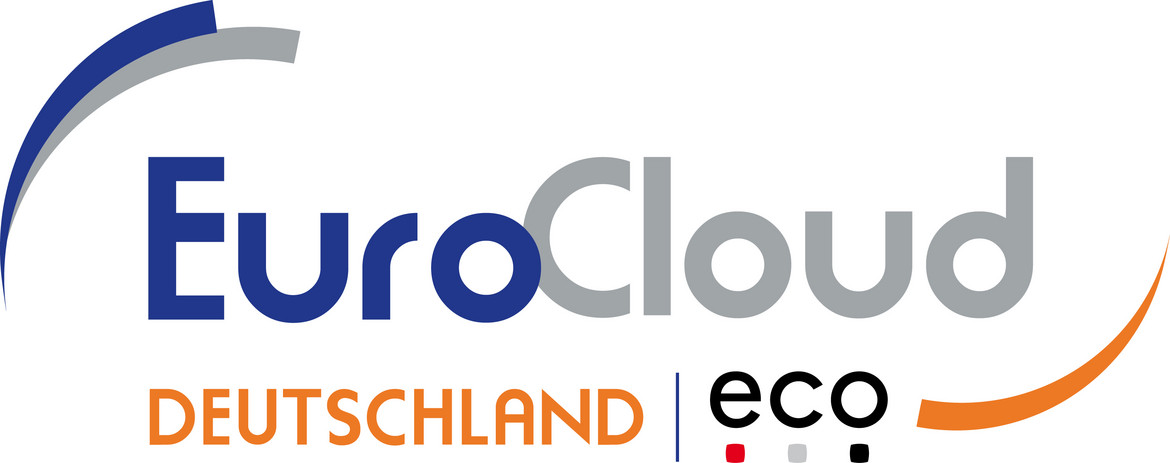Paradigm with Pitfalls: Cloud Native Saving IT Costs in SMEs
Cloud native solutions can be your path to cost savings and IT efficiency – as long as you identify and overcome any pitfalls, as advised by Nils Klute from EuroCloud.

© Varijanta | istockphoto.com
Reducing costs and running a company’s own IT cloud native more profitably – a paradigm in which it is important to know the pitfalls. “Costs are more likely to be saved in the long term,” says Marc Korthaus from SysEleven. Because: “Above all, the cloud makes IT landscapes more flexible and easier to control,” says Dr. Jörg Domaschka from benchANT. Companies should get to know this – and how EuroCloud Native supports SMEs.
Whether it comes down to the energy crisis, the Covid-19 pandemic, or the Ukraine war – in economically unpredictable times, not only supply chains falter, but also business models. While inflation drives up prices, companies are looking for ways to reduce expenses, such as in the field of IT. According to a recent study by EuroCloud Native (ECN) and ISG, more and more SMEs want to switch to cloud native technologies. What is the key driver behind this? Cost pressures. Nine out of ten respondents see cloud native solutions as a key approach to reducing the operating costs of their IT services. This year’s new edition of the German ISG Pulse Check surveyed 200 IT managers from German companies with 50 or more employees – companies which are either using or planning to implement cloud and cloud native technologies.
EuroCloud Native organizes Germany’s cloud native service providers

Dr. Jörg Domaschka, Founder of benchANT

Marc Korthaus, Founder & CEO at SysEleven
Reducing costs and increasing profitability – a paradigm in which it is important to know the pitfalls. And this is especially true when the desire to achieve more while using less dominates the IT transformation. “Costs are more likely to be saved in the long term if value is added via software and IT,” says Marc Korthaus, Founder & CEO at SysEleven. Because: “Above all, the cloud makes IT landscapes more flexible and easier to control,” says Dr. Jörg Domaschka, Founder of benchANT. Both cloud native service providers support SMEs in switching to cloud native technology. And both companies are involved in the ECN, which for three years now has brought together the German provider landscape under the umbrella of the cloud computing association EuroCloud Germany.
Korthaus: “It’s not possible without an initial investment”
How can costs be saved with cloud native support? “For our clients, this is always the first core question,” says Domaschka, “but it doesn’t automatically become cheaper.” What companies can expect, however, is that “those who transition from the server room to the cloud usually keep their expenses at a constant level, but significantly gain more performance per Euro,” says Domaschka. Nevertheless, as Korthaus goes on to say: “It’s not possible without an initial investment. Those who want to accelerate development processes, reduce error times and, at the same time, benefit from smart IT features, have to strategically develop the IT environment and IT organization.” What is important here: “Companies have to precisely determine their requirements and check against the providers’ offers.”
How can costs be saved with cloud native support? “For our clients, this is always the first core question,” says Domaschka, “but it doesn’t automatically become cheaper.” What companies can expect, however, is that “those who transition from the server room to the cloud usually keep their expenses at a constant level, but significantly gain more performance per Euro,” says Domaschka. Nevertheless, as Korthaus goes on to say: “It’s not possible without an initial investment. Those who want to accelerate development processes, reduce error times and, at the same time, benefit from smart IT features, have to strategically develop the IT environment and IT organization.” What is important here: “Companies have to precisely determine their requirements and check against the providers’ offers.”
Determining the price-performance ratio based on tools
Companies should cloudify their own IT landscape and optimize costs for databases, computing, and storage resources: “We evaluate the price-performance ratio of providers and technologies,” says Domaschka, adding that “just because two cloud offers look the same doesn’t mean they both contain the same internal content.” benchANT uses software to model typical workloads and to measure different configurations. “Each of the cloud providers’ portfolios have different focal points and prices,” says Domaschka. “Depending on the client application, we use benchmarks to make the technological differences comparable.” What benchANT doesn’t do: “We don’t handle migration projects ourselves,” says Domaschka. “Instead, we see ourselves as a service provider that simplifies the work of IT consultancies with its tool-based approach.”
Advice to SMEs on switching to cloud native technology
“We advise clients on how to switch to cloud native technology,” says Korthaus. How costs can be saved in this way: “Defining requirements from scratch can often lead to ‘going over the top’,” says Korthaus. The key to success: “Knowing one’s own goals in order to organically steer legacy IT in the right direction with the right partners.” In the end, cloud native providers, such as those assembled by the ECN, contribute not only technological but strategic know-how. “Networks unleash business opportunities for partners and clients,” says Korthaus.
Domaschka: “The applications are decisive”
Think of high-performance IT at an affordable price: “When it comes to cloud, performance is not at the top of the agenda for SMEs,” says Domaschka. “By no means does it always have to be a high-end system,” says Korthaus. Take the example of buying a vehicle: Regardless of whether it’s a cabrio, a truck, or a van, what is crucial is the reason for the purchase and its intended use. Cloud computing is no different. “The applications are decisive,” says Domaschka. “For trying things out, test environments are often sufficient,” says Korthaus. Those who start in this manner build up their landscape step by step, develop it further in line with the business performance, and balance their costs and revenues using cloud native.
Optional booking or complete cancellation of cloud services
Regardless of whether it’s contract durations, service levels, or hotline accessibility – if a company’s own cloud landscape is already rolled out, there are opportunities within the contracts. It makes sense that those who don’t consume certain services or offers should ideally not have to pay for them. Take databases as an example: “Very few companies really need more than 20 flavors,” says Korthaus, adding that: “Many components can be optionally booked or completely cancelled.” A further cost factor to consider is that providers do not necessarily have to manage every service. If know-how and resources are available within the IT department to independently administer services, this keeps the expenditure framework in check.
Cloud architecture in SMEs: open, standardized, and portable
“Vendor lock-ins also hold cost risks,” says Domaschka. If companies opt for open and standardized public cloud architectures, IT remains flexible. Take Kubernetes as an example: the container solution can be used to roll out applications on almost any software platform – from Microsoft Azure to AWS to OpenStack. “If a company packages its own software in this way, it can be operated independently of a provider wherever it makes sense,” says Korthaus. Supplementary services for Big Data analytics, storage, and computing resources should then be purchased off the shelf, so to speak. Why this is advisable: Those who tie their cloud native applications too strongly to special services of a certain provider will find it difficult to break away. Keeping things structured generically helps maintain streamlined cost structures and ensures portability of IT in the cloud. For instance, SysEleven offers its clients a cloud native platform called MetaKube, based on Kubernetes and available in various operational models.
Technological and economic framework from the cloud
Regardless of whether it’s client relationships, business models, or product life cycles: “Software and IT are the central building blocks for creating value in a cloud native manner,” says Dr. Nils Kaufmann, who initiated EuroCloud Native and has been leading it from the very outset. “As smart as the cloud native applications themselves are, they have to be managed and administered in a businesslike way to remain profitable for the clients.” As Korthaus goes on to say: “After all, money is made today via data, services, and IT applications.” Domaschka: “Most of our clients have already recognized where the potentials lie.” “For those who want to harness these, cloud native landscapes not only provide the contemporary technological but also the economic framework,” says Korthaus.
Nils Klute is Project and Communication Manager at EuroCloud Germany. He is responsible for content marketing activities on topics such as Gaia-X and AI, supports initiatives such as Service-Meister, EuroCloud Native or systems integrators on their cloud journey. Prior to his start at eco in 2019, Nils worked as a corporate journalist for IT corporations (like SAP, T-Systems, and QSC at Cologne-based communication agency Palmer Hargreaves) and previously held public relations positions at market and economic research institutions.





